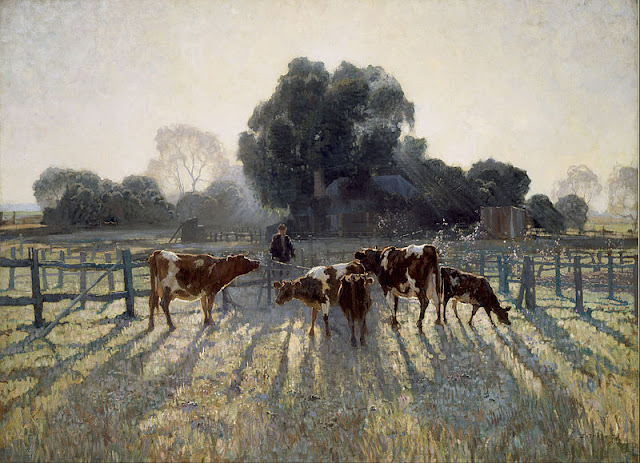Choosing the Right Paint Brushes for your Acrylic Painting
As a beginner, you will be confuse of what paintbrush to buy to start your project. There are lots of sizes and shapes of brushes to choose from. It is very important that you pick the right brush to properly express your ideas to the canvas and to make your work easy and enjoyable.
When you are working with acrylic paints, there are 8 main types of paintbrushes to consider, shown above. But before we jump to the types of paintbrushes, you would want to know the parts of a brush.
4 Main Parts of a Paintbrush
- Bristles - also known as hairs. can be natural, synthetic, or combination of both
- Ferrule - the silvery bit that connects the bristles with the handle
- Crimp - the part of the ferrule that secures it to the handle
- Handle - usually made of wood or acrylic
Tip: Here's where you can get professional art supplies. Great discounts on selected items and they offer international shipping. > here
Okay now, down to the main part, choosing our buddy brush.
Round or pointed tip.
Good for: sketching, outlining, detailed work, controlled washes, filling in small areas. creates thin to thick lines - thin at the tip, becoming wider the more its pressed down.. use with thinned paint rather than thick paint.
Narrower than the round paintbrush. has sharply pointed tip.
Good for: fine details and lines, delicate areas, spotting and retouching.
Square end, with medium to long hairs.
Good for: bold strokes, washes, filling wide spaces, impasto. can use edge for fine lines, straight edges and stripes. long haired flat brushes are ideal for varnishing.
Flat with edges curved inward at tip, with shortish hairs.
Good for: short controlled strokes. thick, heavy color. better for working up close rather than holding the brush at a distance from the canvas.
Flat and oval-shaped end with medium to long hairs.
Good for: blending, soft rounded edges like flower petals. this brush is sort of a combination of the rounds (because they can be used for detail) and flat (because they can cover more space than round).
Flat, spread hairs.
Good for: natural hairs are good for smoothing,
blending, and feathering. synthetic hairs are better for textural effects,
clouds, and leaves on trees. for acrylics, use strong and sturdy one, otherwise
the hairs will clump when paint is added.
Flat with angled hairs at end.
Good for: curved strokes and filling corners. can
reach small areas with tip. also can be used to cover lots of space, similar to
flat brushes.
Round, hairs shorter in length. shorter
handle.
Good for: details and short strokes. holds more
color than you might think!
Source: Art-is-fun.com


















